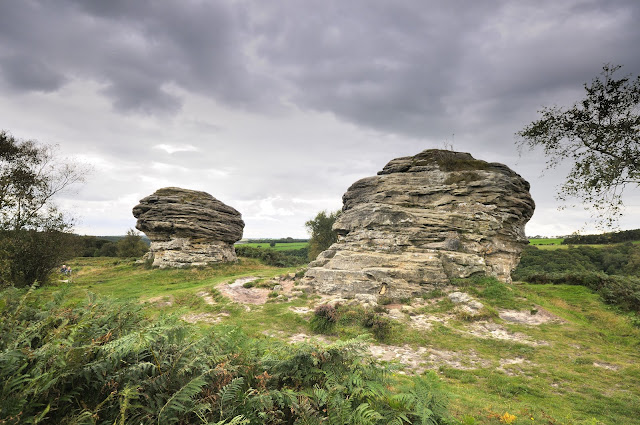Tetbury - a very quick visit

The Cotswolds are certainly an area we must explore in the future. We stopped overnight, at the Snooty Fox, and then travelled on next day. Too short - must come again! Tetbury is an historic market town in the heart of the Cotswolds, featuring a 17th century market hall and some lovely Jacobean and Elizabethan buildings. The first written record of Tetbury occurs in 681 AD, when Ethelred of Mercia gave 15 acres of land near 'Tette's monastery' to the abbey of Malmesbury. Who Tette was, we do not know for certain, but we do know that a woman of that name was abbess of a monastic settlement at Wimborne around this time. It is possible that the current church of St Mary the Virgin was built on the site of an earlier Saxon monastic settlement.So, plenty of history for me to get my teeth into.. But for now just a few images. In much the same way that Big Ben is an icon of London, or Arlington Row is an icon of Bibury, the Market Hall is the icon of Tetbury. Locate...



